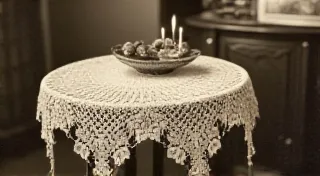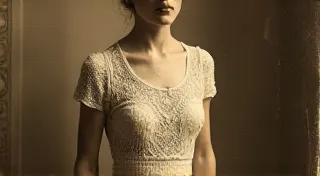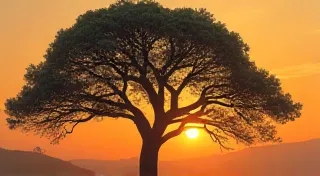Bobbin Lace Patterns Inspired by Nature
Bobbin lace, a delicate and intricate form of textile art, has captivated collectors and enthusiasts for centuries. While the techniques behind creating this beautiful lace are fascinating in their own right, the designs themselves are equally compelling. A recurring theme throughout the history of bobbin lace is the incorporation of natural motifs – flowers, leaves, birds, and other elements found in the world around us. This article explores the prevalence of these nature-inspired designs and offers insights into why they’ve been so consistently popular.
The Allure of Floral Motifs
Perhaps the most recognizable type of bobbin lace features floral designs. Roses, lilies, violets, and honeysuckle are just a few examples of blooms meticulously recreated in thread. These weren't simply decorative; floral patterns often carried symbolic meaning. Roses, for example, were frequently associated with love and beauty, while lilies represented purity and innocence. The meticulous recreation of these blooms demanded incredible skill and patience, and the resulting pieces were often treasured heirlooms.
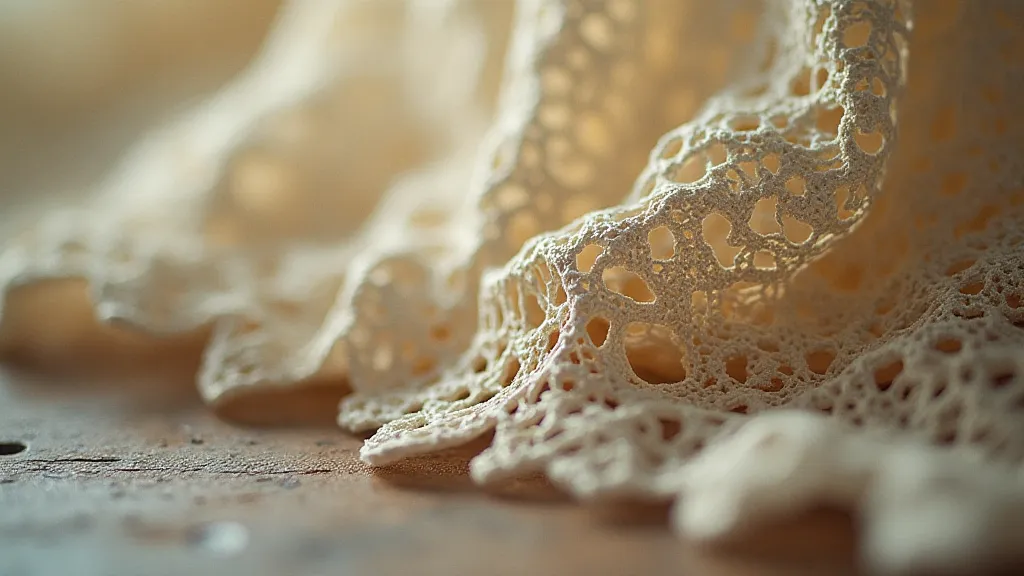
Beyond Flowers: Leaves, Birds, and Other Creatures
While flowers dominated many bobbin lace designs, nature’s bounty extended far beyond blooms. Leaves, often rendered in swirling, stylized patterns, added texture and complexity to the lace. Birds, painstakingly depicted with their delicate wings and intricate feather details, were also a common sight. Animals like squirrels, deer, and even butterflies could be found gracing these exquisite pieces. The choice of animal often reflected regional folklore or personal symbolism.
The incorporation of these elements demonstrates the creativity and observational skills of the lacemakers. They weren't just copying what they saw; they were interpreting it and translating it into a unique and lasting art form.
Why Nature? The Cultural Significance
The enduring popularity of nature-inspired bobbin lace patterns isn’t purely aesthetic. It's deeply rooted in cultural beliefs and traditions. In many societies, nature was revered, and its beauty was seen as a reflection of the divine. Lacemakers, often working within close-knit communities, drew inspiration from their surroundings and incorporated elements that held special meaning within their local culture.
Furthermore, the fragility of lace itself – its delicate threads and intricate construction – mirrored the ephemeral beauty of the natural world. This association reinforced the value placed on both the art form and the environment it reflected.
Identifying Nature-Inspired Bobbin Lace
When identifying antique bobbin lace, paying close attention to the motifs can provide valuable clues about its origin and age. While flower patterns are common across many regions, the specific types of flowers and the style in which they are rendered can offer important insights. Similarly, the presence of regional animal motifs can narrow down the geographic origin. The level of detail and the complexity of the design often correlate with the period in which the lace was made – more intricate designs typically indicate a later date.
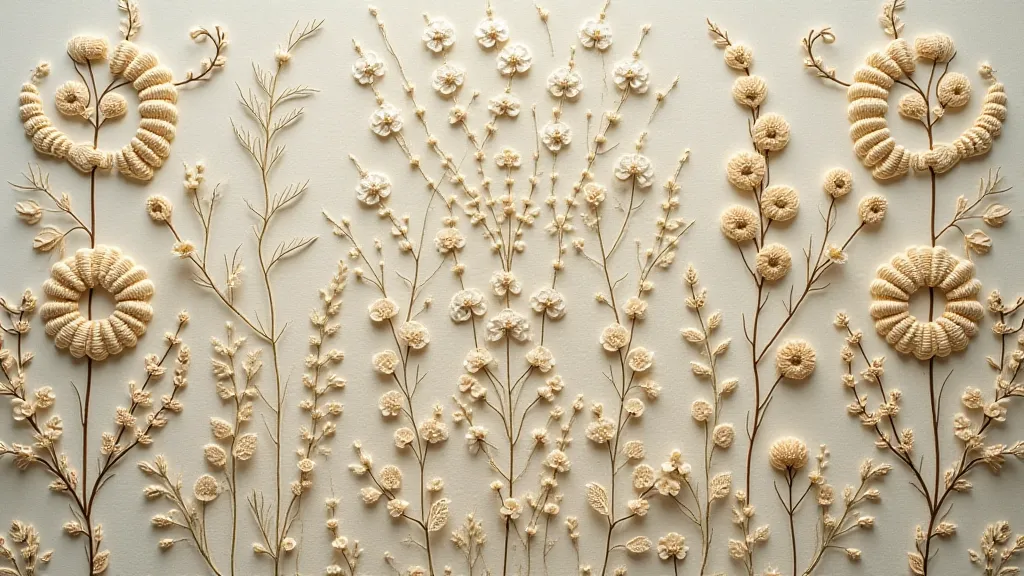
Preserving a Legacy of Craftsmanship
Bobbin lace, with its enduring connection to the natural world, represents a remarkable legacy of human creativity and craftsmanship. By appreciating the beauty and significance of nature-inspired designs, we can deepen our understanding of this fascinating art form and ensure that its legacy continues for generations to come.
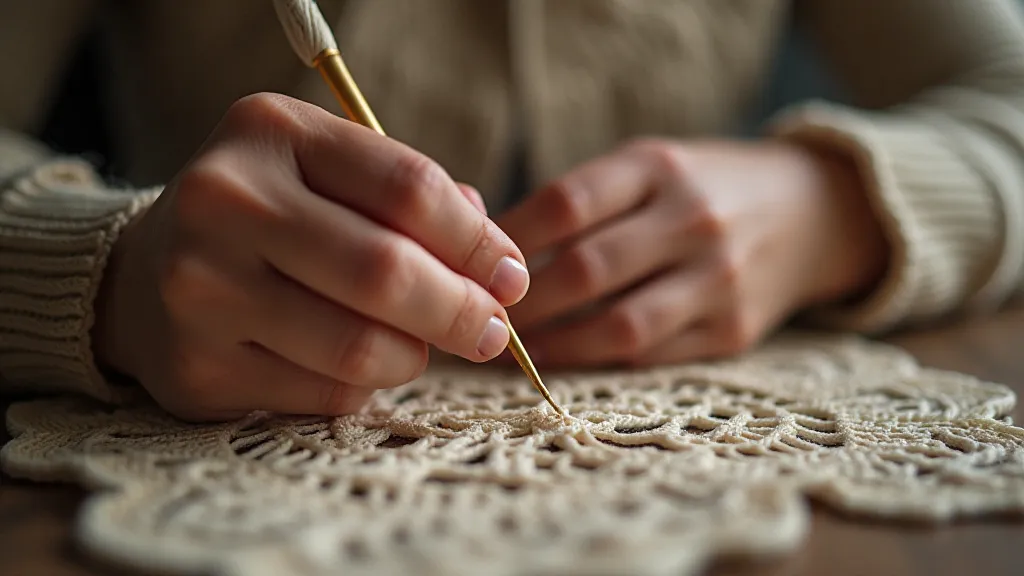

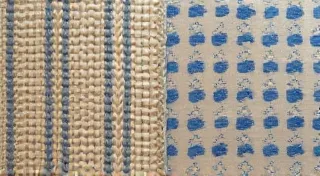
![The History of Bobbin Lace Making in [Specific Country/Region]](/thumbs/history-bobbin-lace-[country].webp)
